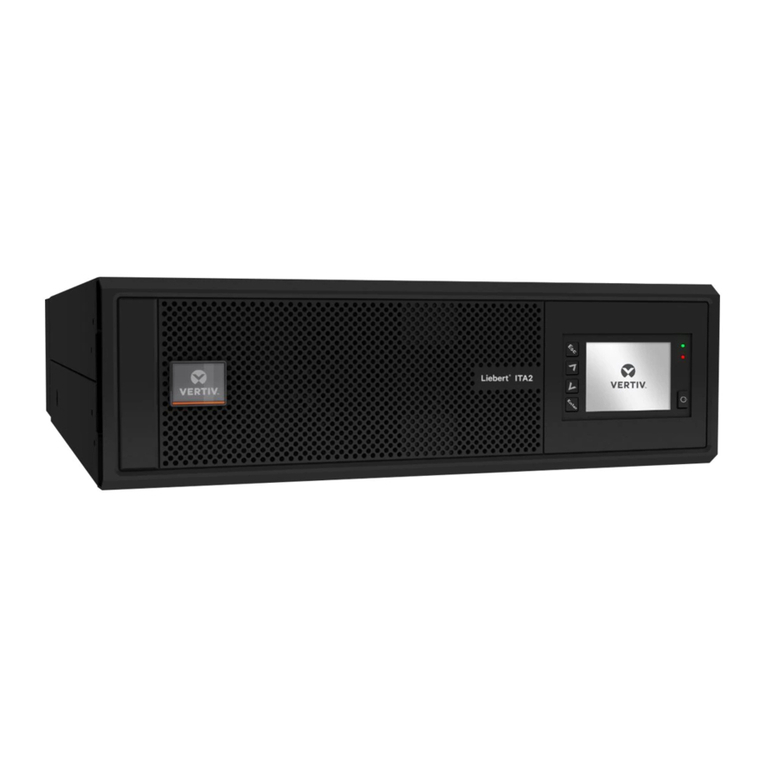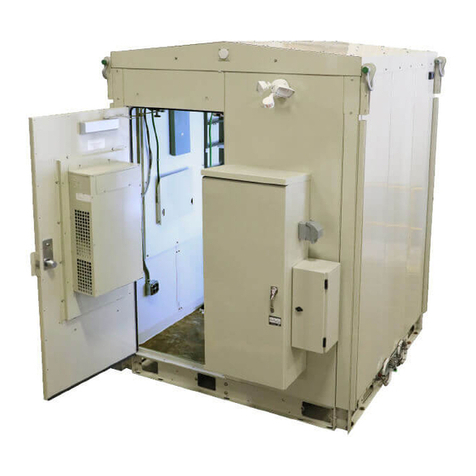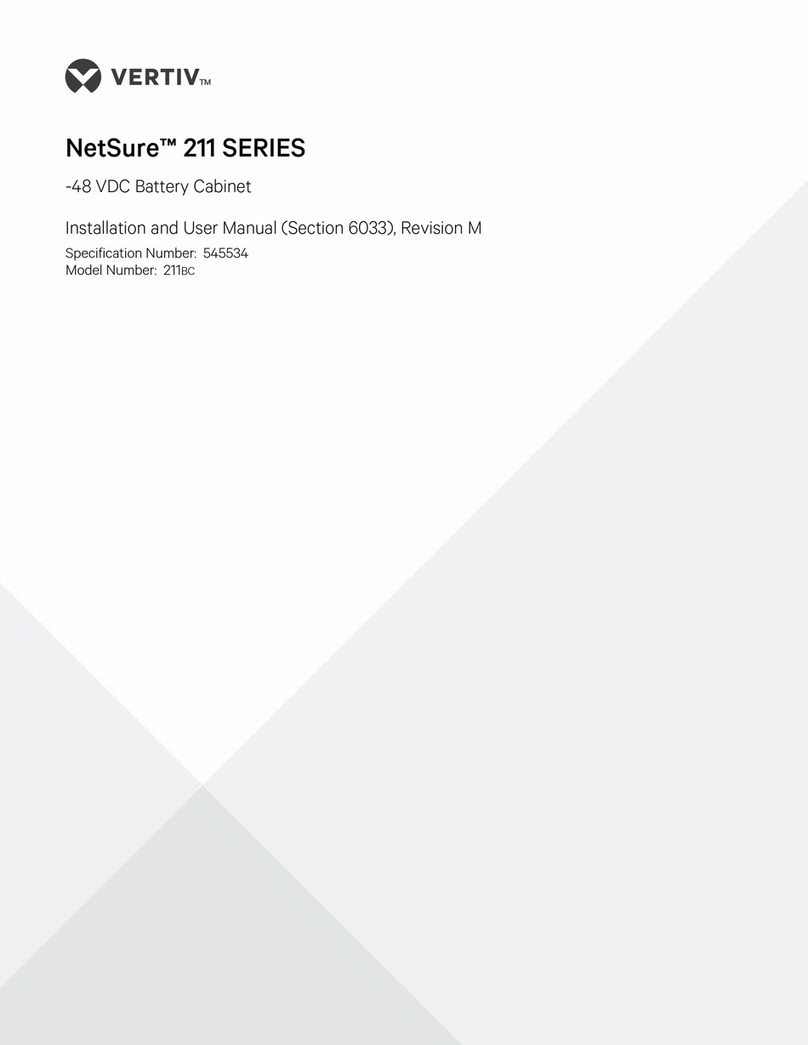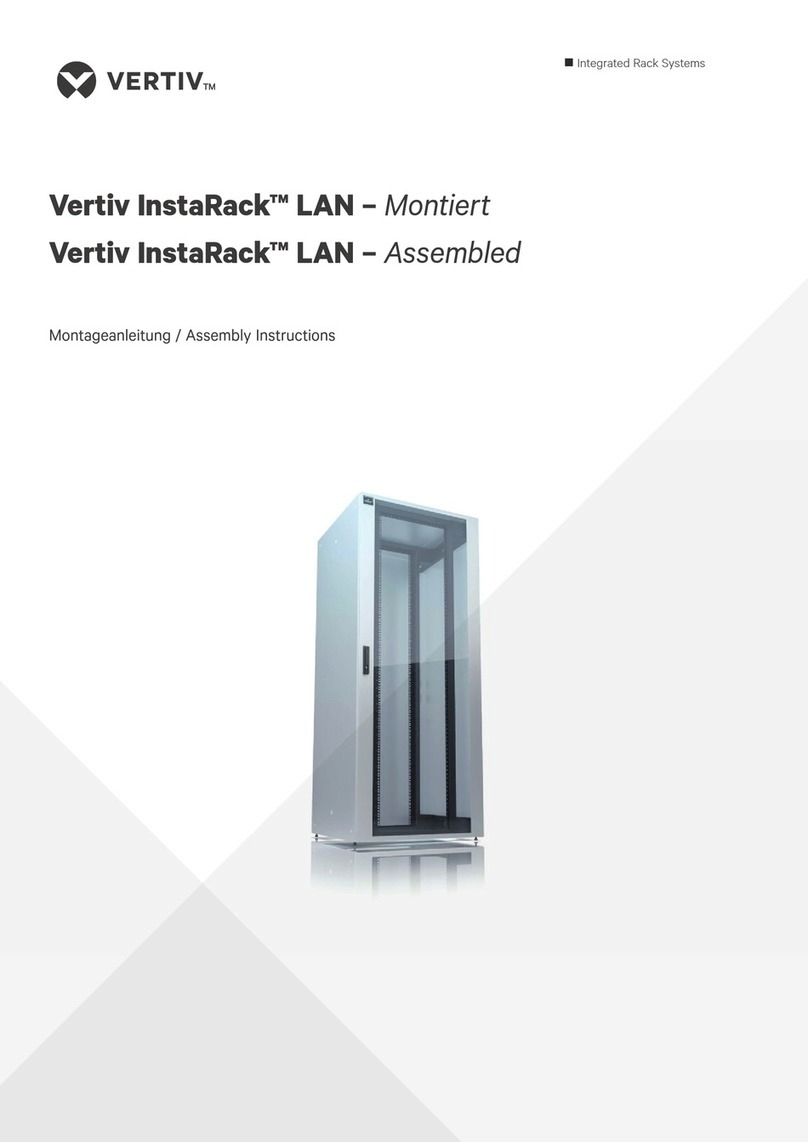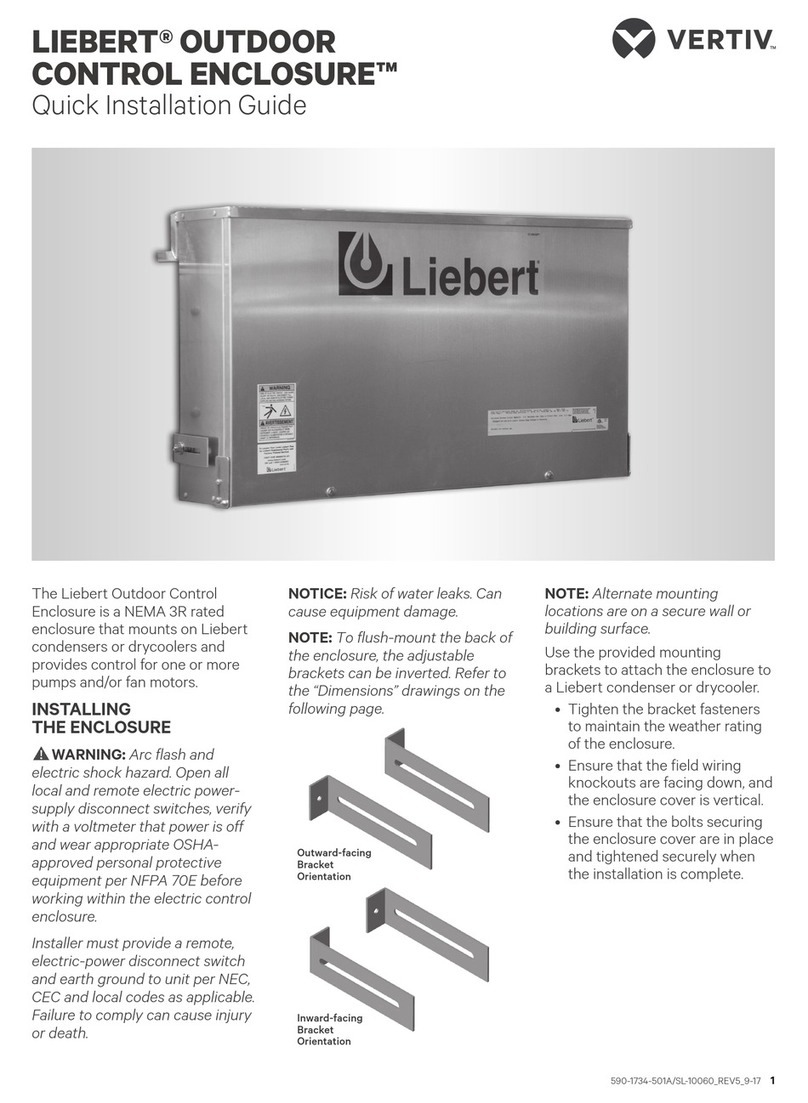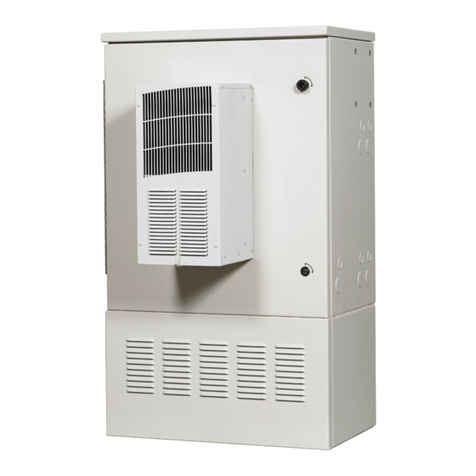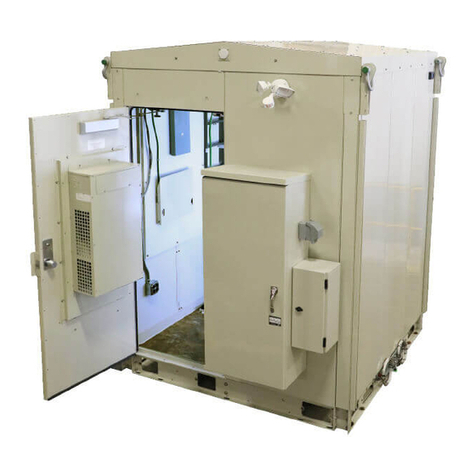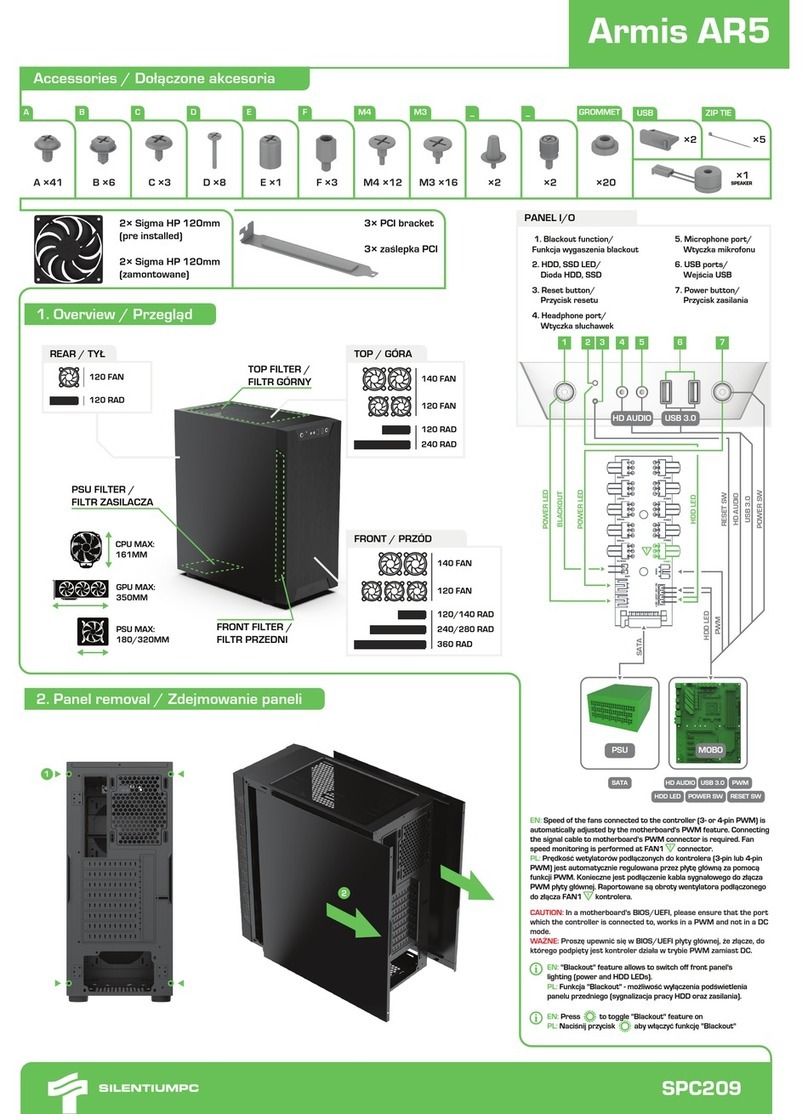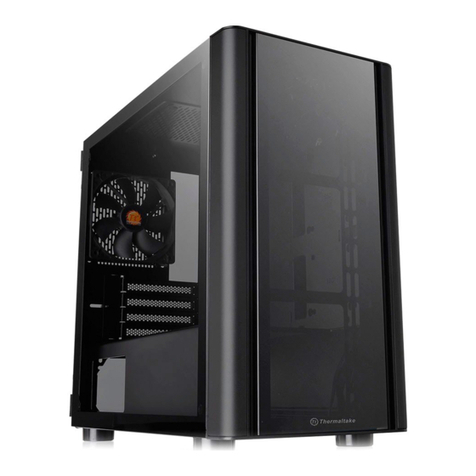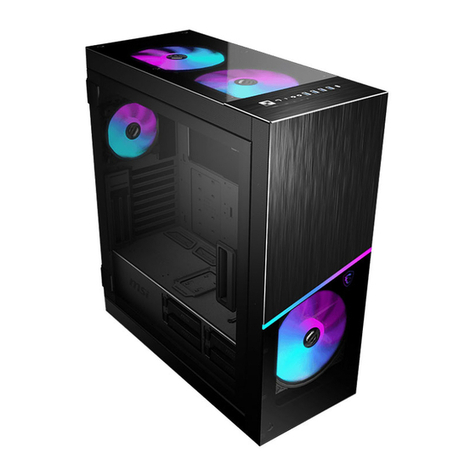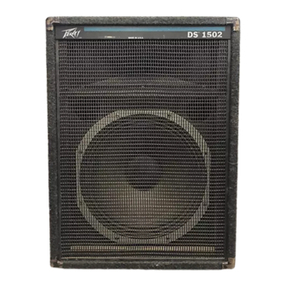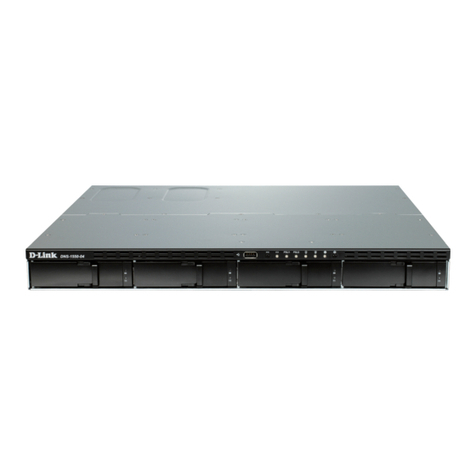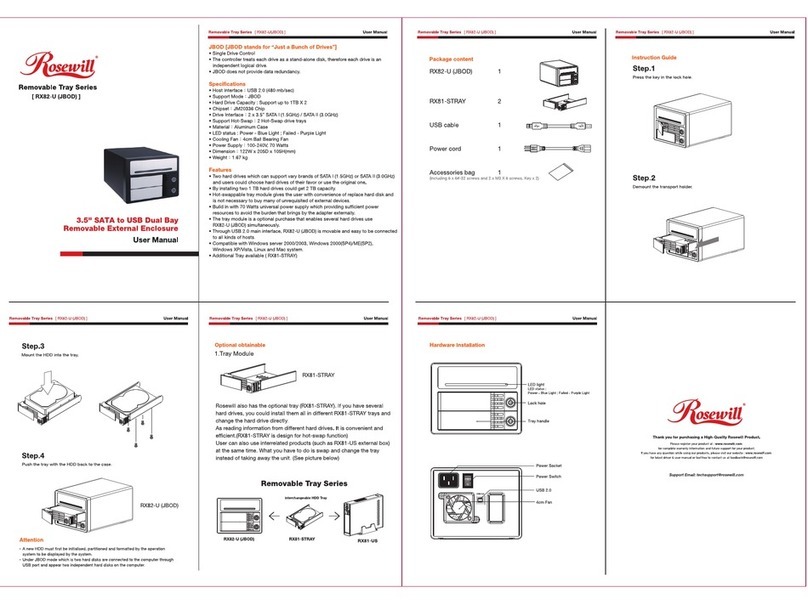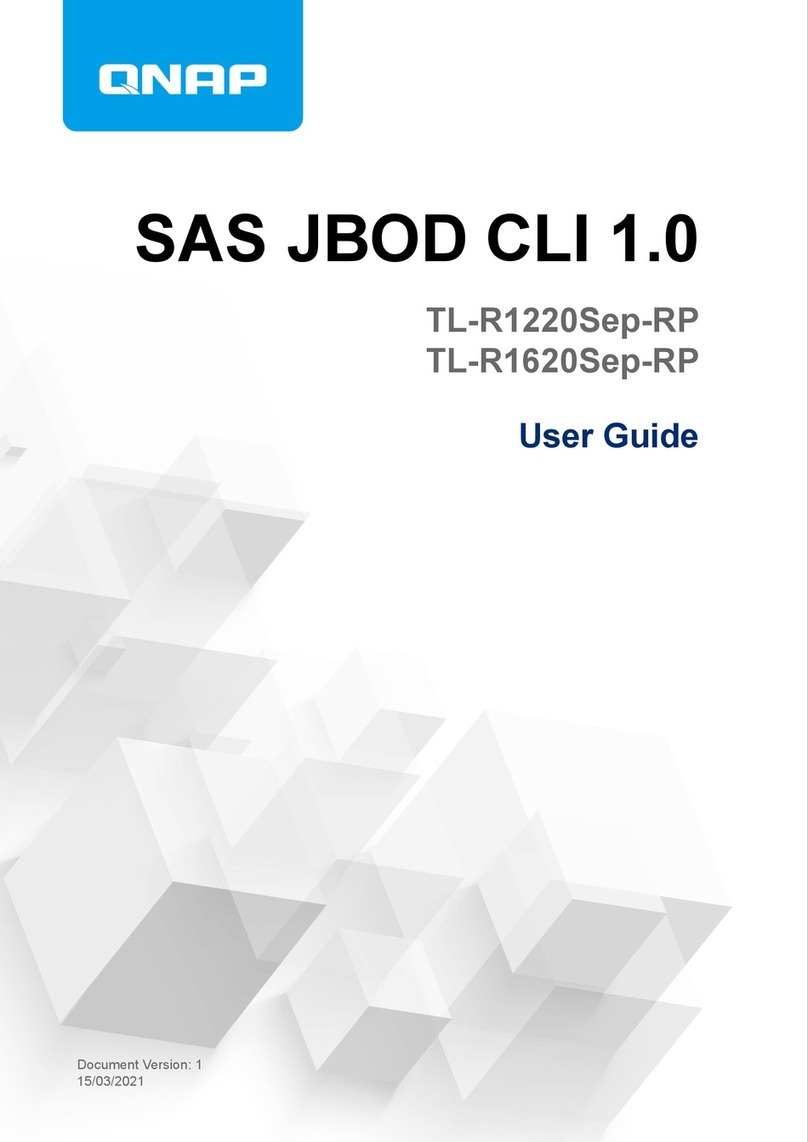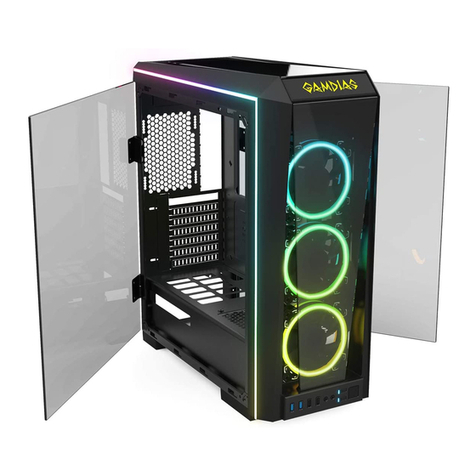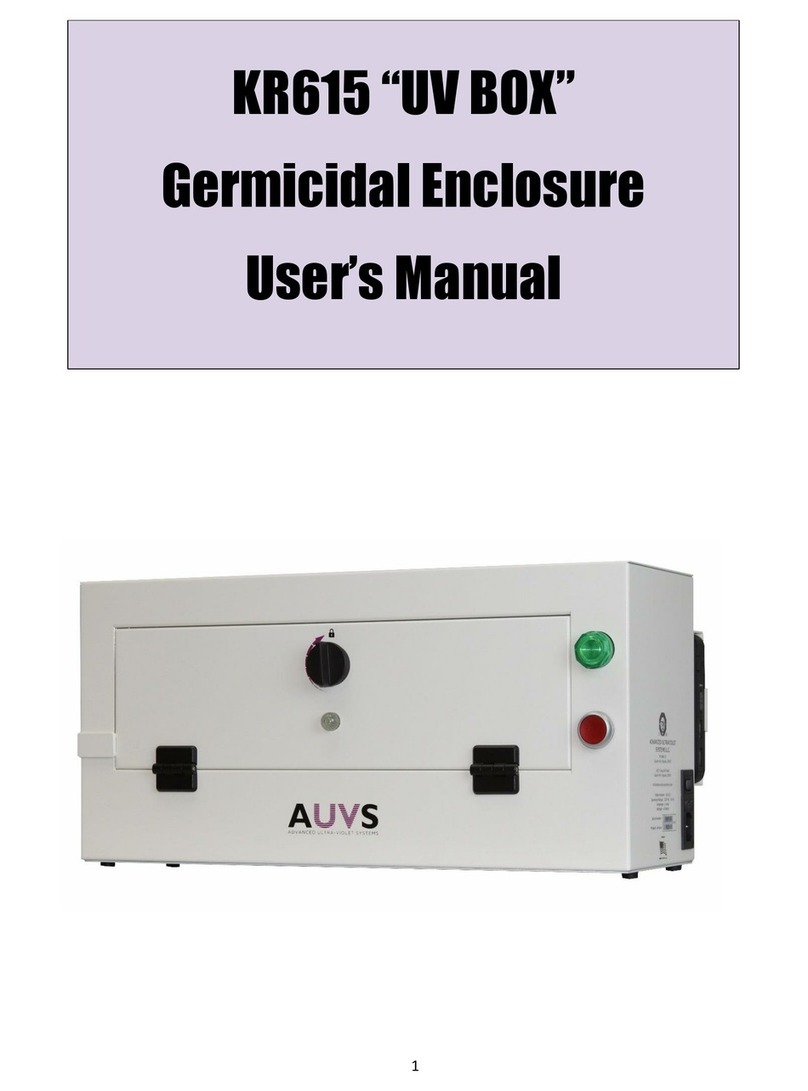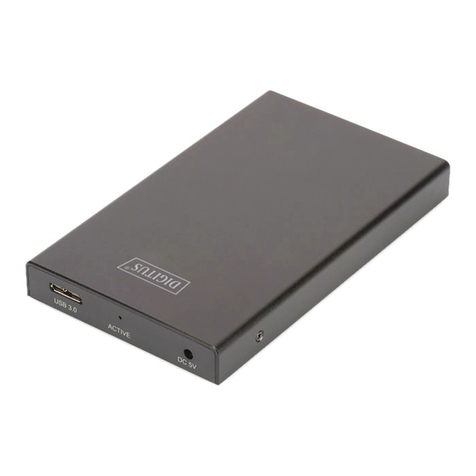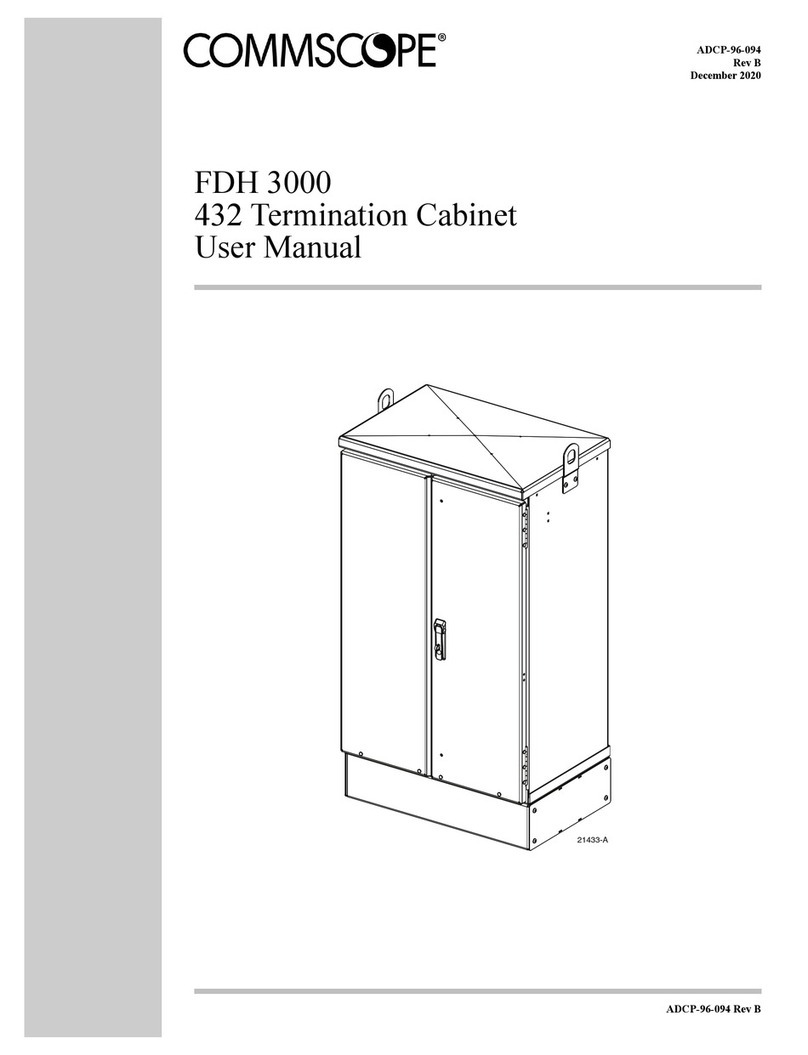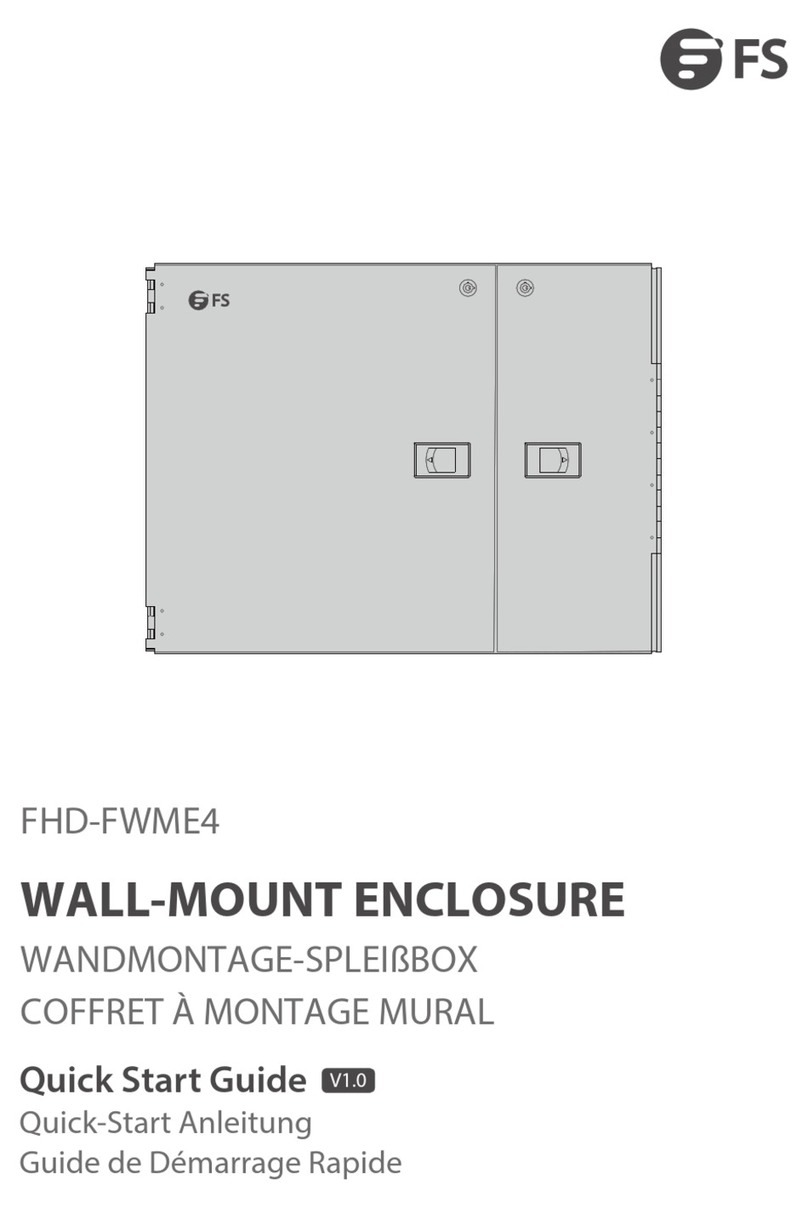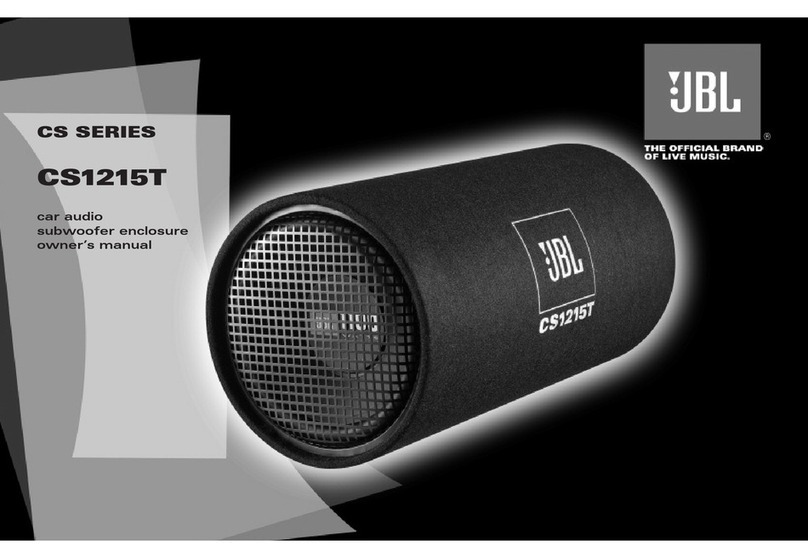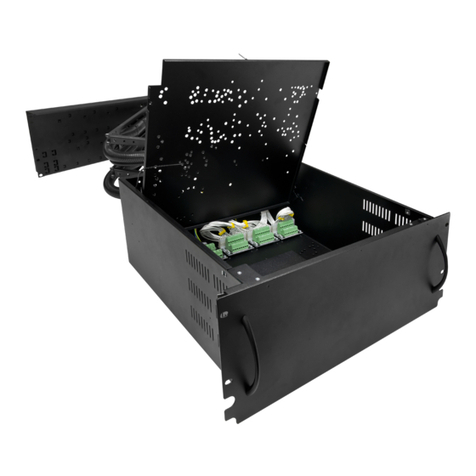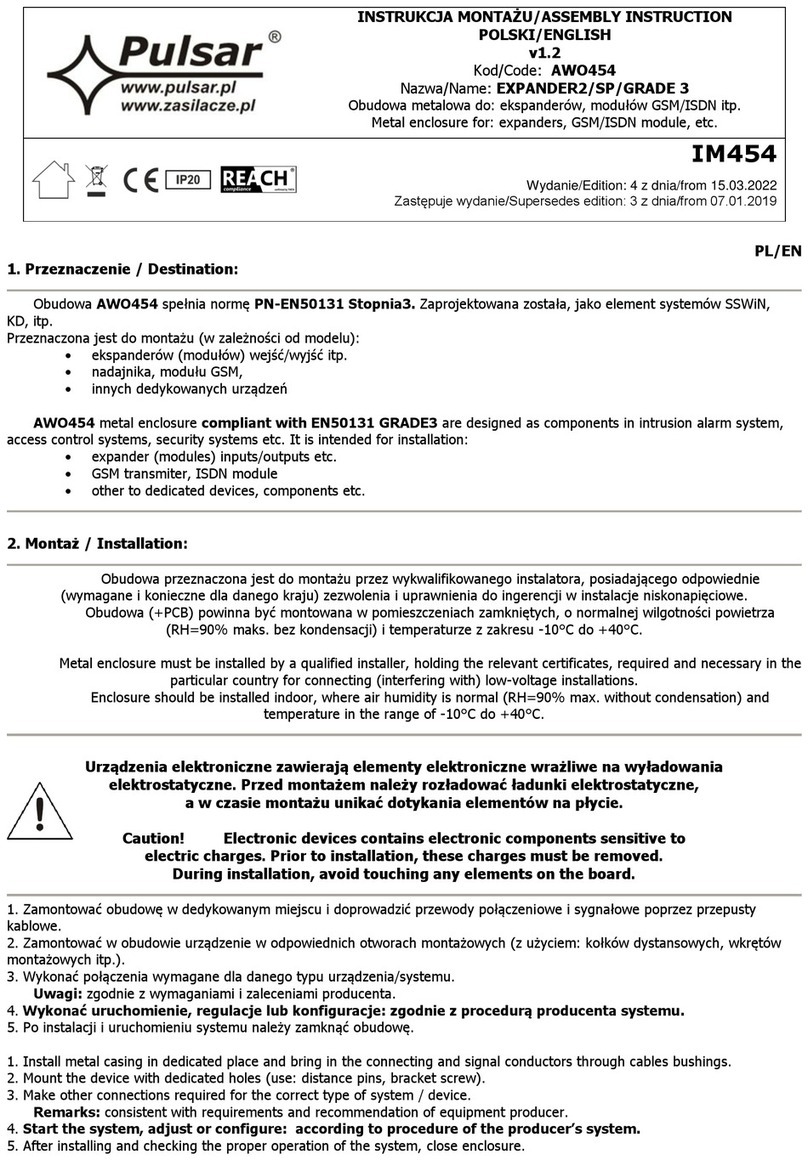
Vertiv |Aerial Ultracab Cross-Connect Enclosures (631-201-009) |Rev. F
TABLE OF CONTENTS
Admonishments Used in this Document............................................................4
Important Safety Instructions ..............................................................................5
Safety Precautions Definition.....................................................................................................................5
General Safety Precautions..........................................................................................................................5
Voltages.......................................................................................................................................................................... 6
AC Input Voltages........................................................................................................................................................6
DC Output and Battery Voltages ..................................................................................................................6
Specific Safety Precautions .........................................................................................................................7
Personal Protective Equipment (PPE)...........................................................................................10
Hazardous Voltage............................................................................................................................................10
Handling Equipment Containing Static Sensitive Components...........................10
Maintenance and Replacement Procedures............................................................................10
Static Warning..........................................................................................................11
About this Document ............................................................................................ 13
Purpose .........................................................................................................................................................................13
Reason for Reissue ............................................................................................................................................13
Information Not Provided in This Practice................................................................................. 13
Description...............................................................................................................14
Application .................................................................................................................................................................14
Construction.............................................................................................................................................................15
Terminal Blocks.....................................................................................................................................................15
Wire Pair Identification...................................................................................................................................16
Feeder Pairs..............................................................................................................................................................16
Installation................................................................................................................ 17
Choosing and Preparing a Location for the Enclosure ................................................. 17
Installing the Enclosure................................................................................................................................. 17
Jumper Wiring........................................................................................................ 20
Before You Begin ................................................................................................................................................20
Terminating Jumper Wires on CQF Blocks..............................................................................20
Terminating Jumper Wires on RLS Blocks................................................................................ 21
Routing Wire............................................................................................................................................................ 22
Accessories..............................................................................................................23
Spool Shafts for Cross-Connect Jumper Wire...................................................................... 23
One-Pair Tester.................................................................................................................................................... 23
Special Service Protective Cap.............................................................................................................24
Label Kits for the Terminal Blocks ....................................................................................................24
